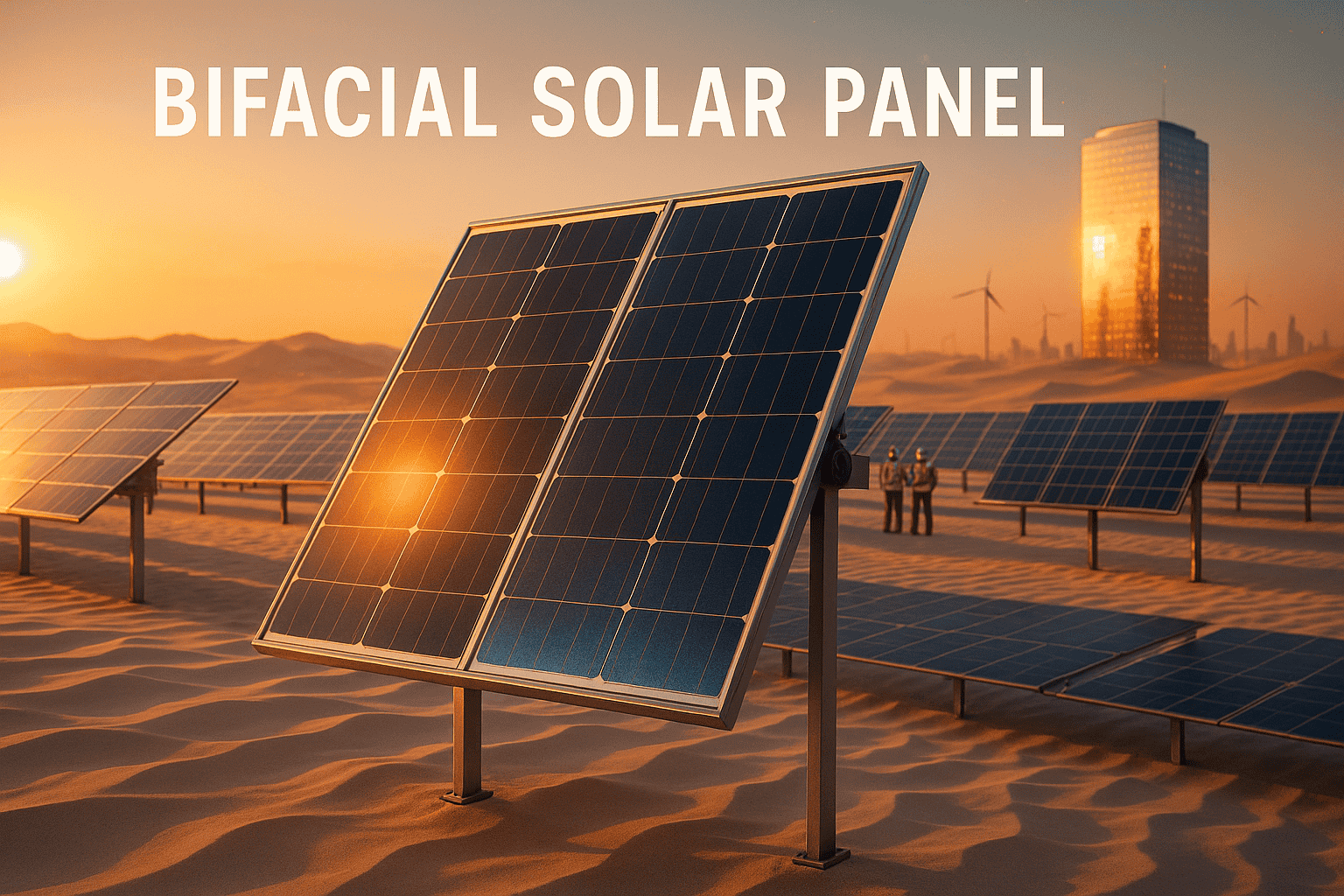As the world shifts toward sustainable energy solutions, solar technology continues to evolve, offering smarter ways to capture the sun’s energy. Bifacial solar panels stand at the forefront of this innovation, redefining efficiency for residential, commercial, and industrial applications. Whether you’re a homeowner, an eco-conscious business, or a solar farm operator, understanding how these panels work and their advantages could transform your energy strategy. Let’s explore what makes bifacial solar panels a standout choice in the renewable energy landscape.

Why Bifacial Solar Panels Are Revolutionizing Solar Efficiency
Traditional solar panels absorb sunlight only from their front side, but bifacial solar panels break this mold by generating electricity from both sides. This dual-sided design captures direct sunlight on the front while harvesting reflected light (albedo) on the rear, such as rays bouncing off rooftops, sand, snow, or even light-colored surfaces. The result? A significant boost in energy output—often 10–30% higher than conventional panels—without requiring additional space.
Breaking Down the Technology: How Bifacial Panels Work
At their core, bifacial solar panels use advanced engineering to maximize light absorption. Here’s a simplified breakdown:
-
Front-Side Capture: Like traditional panels, the front layer converts direct sunlight into electricity using photovoltaic cells.
-
Rear-Side Harvesting: The backside features transparent materials (often glass or a clear backsheet), allowing reflected light to reach rear-mounted cells.
-
Cumulative Output: Energy from both sides combines, delivering higher overall efficiency. Factors like ground reflectivity, panel height, and installation angle influence performance. For instance, snowy landscapes or white gravel installations amplify albedo, supercharging energy yields.
Top Advantages of Choosing Bifacial Solar Panels
1. Unmatched Energy Output
By leveraging reflected light, bifacial panels excel in environments with high albedo. This makes them ideal for snowy regions, deserts, or installations with reflective roofing.
*2. Long-Term Cost Savings*
Though slightly pricier upfront, their superior efficiency translates to quicker payback periods. Over decades, the extra energy generated can drastically reduce utility bills, offering a stronger return on investment.
3. Built to Last
Many bifacial models feature dual-glass construction, enhancing durability against harsh weather, UV exposure, and physical stress. Warranties often span 25–30 years, underscoring their reliability.
4. Design Flexibility
These panels adapt to diverse setups: ground mounts, carports, tracking systems, or even vertical installations along highways. Tracking systems, which tilt panels to follow the sun, further optimize their dual-sided advantage.
*5. Eco-Conscious Energy*
Producing more power per panel reduces the number of modules needed, minimizing land use and resource consumption. This aligns with global goals to lower carbon footprints sustainably.
Ideal Applications for Bifacial Solar Panels
-
Solar Farms: Large-scale projects benefit from elevated ground mounts and tracking systems, maximizing albedo gains.
-
Commercial Rooftops: Flat roofs with reflective coatings enhance rear-side efficiency, ideal for warehouses or factories.
-
High-Reflection Zones: Desert climates, snowy areas, or coastal regions with sandy terrain optimize albedo effects.
-
Architectural Projects: Their sleek, frameless designs suit modern buildings where aesthetics matter.
Are Bifacial Panels Right for Your Needs?
While bifacial solar panels offer compelling benefits, their effectiveness depends on your environment and goals. Consider these factors:
-
Ground Conditions: Reflective surfaces (e.g., light-colored gravel, concrete) amplify performance.
-
Installation Space: Elevated mounting ensures adequate light reaches the rear side.
-
Budget: Evaluate long-term savings against initial costs—commercial projects often see the fastest ROI.
If your site lacks reflective surfaces or has shading issues, traditional panels might suffice. Consulting a solar expert can provide tailored insights based on your location and energy needs.
Embracing the Future of Solar Energy
Bifacial solar panels aren’t just a technological leap—they’re a practical solution for a energy-hungry world. By squeezing more power from every ray of sunlight, they empower users to achieve energy independence while supporting environmental goals. As solar adoption grows, these panels will likely become a staple in both urban and remote installations.
Next Steps: Optimizing Your Solar Strategy
Ready to explore bifacial technology? Partner with a certified installer to assess your site’s potential. Factors like tilt angle, mounting height, and local climate will determine how much extra energy you can harness. With careful planning, bifacial solar panels could be the key to unlocking unprecedented efficiency in your renewable energy journey.